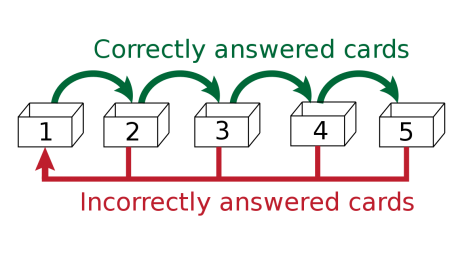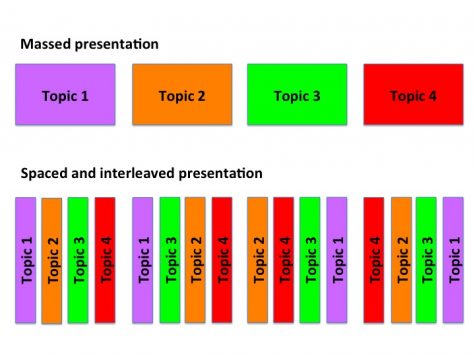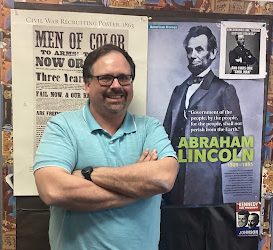New Quarter, New Studying Methods
Today marks the start of the second quarter. For years, we have been learning every single day, and then, we are given an assessment to see how much we have learned. But looking back, we have never been taught how to learn and study. Here are some of the best ways you can retain knowledge and ace that test:
- Know the day of the test a week early (this one is for teachers)
Knowing in advance when a test will be can help students plan out their study time and how to fit it into their schedule. If you know you have a busy week coming up, try asking your teacher about any upcoming assessments you might have so you can plan accordingly!
- Don’t procrastinate
This follows along a little with the first one. If you know that a test is coming up, try studying a little each day. Massed practice, practicing for a long period of time without breaks, before the test does not help us prepare for the test and puts information in our short-term memory. By spacing out your practice, you will be able to retain the knowledge efficiently and be ready to ace that test!
- Reading the textbook IS NOT the best method
Although many of us rely on our textbook, it should not be your main way of studying. Rereading the textbook makes you think you have memorized the information when in reality you have just memorized how the textbook is set up. Try using practice problems that are located throughout or at the end of the textbook to quiz yourself on what you’ve read. Using your practice quiz, try focusing on areas you are weak in.
- Leitner Method
The Leitner method is a great way to study with flashcards. This method is great because you can customize it however your heart desires. Let’s say you have three boxes. The first box you study every day, the second box you study on Tuesday and Thursday, and the third box you study on Friday. Throughout the week, you study the set of cards in the box that corresponds for that day. If you get it right, you move it up to the next box. If you get one wrong, you always move it back to the first box.
- Do what is best for your learning type!
Try taking the VARK test to see what your learning type is! This may help you decide what type of methods will work for you! http://vark-learn.com/the-vark-questionnaire/
- Interleave your study
Rather than studying each subject in one period of time, try interleaving the subjects you have. Here is an example to help you understand what this means. We have four core subjects: math, social studies, science, and English. Study math, then social studies, then science, and then English for a shorter period of time. If you have more studying left, go back to those other classes and study, but not in a mass practice.
The list of studying tips can go on forever! No single tip or method is going to help you achieve your desired grade in all of your classes. It’s all about experimenting and seeing which one best fits you! As Keshav Aryan once said, “Stay positive, work hard, and make it happen.”










